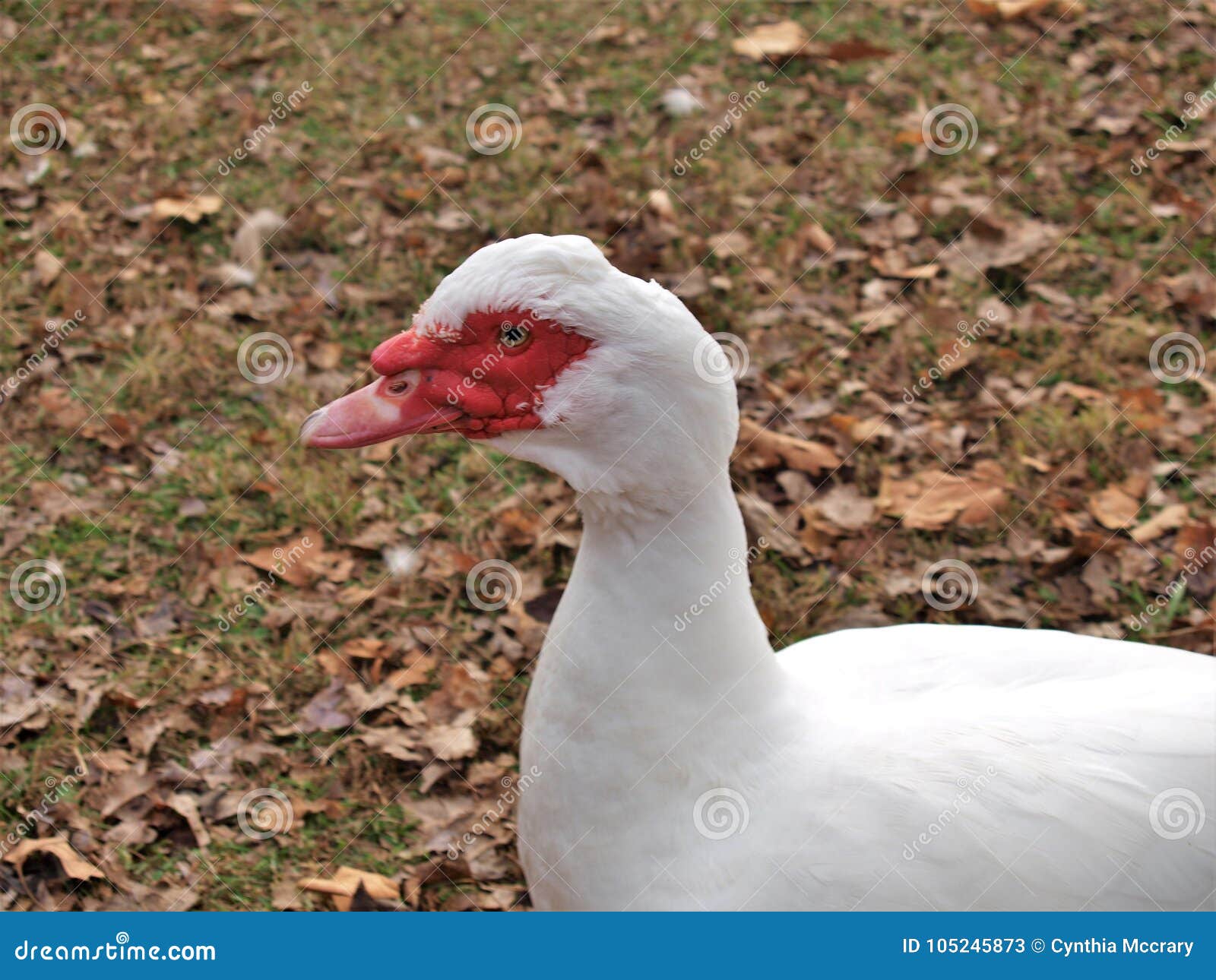When you think of ducks, the elegant quack and plump, waddling bodies often come to mind. However, the avian world is full of surprises, and one such curiosity is the unique Muscovy duck. This fascinating breed, domesticated from wild roots, intriguingly resembles a turkey in both appearance and stature. As we explore the world of rare birds, we’ll dive deep into the distinctive features, behaviors, and habitats of the Muscovy duck, as well as other rare duck species that challenge our traditional notions of what defines a duck.
The Muscovy duck (Cairina moschata) is a peculiar sight. With its striking plumage, typically characterized by a range of colors from black and white to iridescent greens and blues, it stands out in the avian crowd. The most recognizable feature of this bird is the fleshy red caruncles adorning its face, which can easily lead an untrained eye to see it as a smaller relative of the turkey. This duck’s body is robust and sturdy, often sporting a long tail that complements its distinct shape. The Muscovy duck’s visual allure goes beyond mere aesthetics; it serves a practical purpose in the wild, akin to the way a turkey’s impressive feathers can attract mates.
Unlike many domestic ducks, Muscovies are not true quackers. Instead, they communicate with a low, soft trill, a sound more reminiscent of a goose. This intriguing aspect of their vocalization adds to the charm of their personality, making them captivating subjects for birdwatchers and enthusiasts alike. The Muscovy duck’s grounded nature, combined with its gentle demeanor, sets it apart from its boisterous counterparts.
Originating from Central and South America, Muscovy ducks have made their home worldwide, adapting to diverse environments. While they thrive in warmer regions with abundant freshwater sources, their hardiness allows them to withstand cooler climates as well. Urban settings have also provided a makeshift habitat, leading to their acceptance in parks and backyards alike.
In addition to the Muscovy duck, the avian realm boasts an array of other rare ducks that continue to capture the attention of ornithologists and bird enthusiasts. Consider the surreal Mandarin duck (Aix galericulata) with its flamboyant plumage. Originating from East Asia, this duck is often cited as one of the most beautiful waterfowl due to its vibrant colors and striking patterns. As it glides gracefully on serene water surfaces, the Mandarin duck’s vivacious presence is nothing short of a spectacle.
Other fascinating specimens include the exotic Blue duck (Hymenolaimus malacorhynchos) found in New Zealand, which has a peculiar blue-grey plumage and distinctive white throat. The Blue duck’s rarity is compounded by its dwindling population, as it has become increasingly vulnerable to habitat loss. Similarly, the rarest of the rare—the California black rail (Laterallus Jamaicensis coturniculus)—presents an enigmatic figure that remains elusive to the average observer. Its habitat within marshy wetlands, coupled with its diminutive size, makes it both a challenging and rewarding target for the keen birder.
While the Muscovy and other ducks are undoubtedly alluring, understanding the intricate behaviors and ecosystems of these ducks is equally essential. Ducks are highly social creatures, often found in groups, displaying a fascinating array of social dynamics. Their behaviors during mating seasons reveal intricate courtship rituals, characterized by elaborate posturing and vocalizations that resonate with the rhythms of nature.
Feeding habits add another layer of intrigue. Ducks are omnivorous and display considerable versatility in their diets. From plant matter and insects to small fish, the culinary choices of these birds affect their overall health and plumage quality. For instance, the Muscovy duck’s diet may include a variety of grains, fruits, and vegetables, contributing to its robust stature and vibrant feathers.
Conservation efforts play a crucial role in ensuring the survival of these unique duck species. The threats they face—ranging from habitat destruction to climate change—demand action from conservationists and the general public. The preservation of wetlands, implementation of sustainable agricultural practices, and the establishment of protected areas contribute to safeguarding these beautiful creatures for future generations. Active engagement in citizen science projects can also empower communities to participate in monitoring bird populations, providing valuable data to researchers.
The fascination with ducks, particularly those that challenge traditional visuals like the Muscovy duck, fosters a greater appreciation for biodiversity. As we continue to explore the diverse features, behaviors, and habitats of unique duck species, we unveil a deeper connection to the natural world surrounding us. This awareness nurtures a responsibility to protect these exquisite birds and their ecosystems.
In conclusion, the Muscovy duck opens a door into the captivating realm of unique avian species. Its resemblance to turkeys, combined with its endearing characteristics, presents an opportunity to deepen our understanding of the diversity within the duck family. Furthermore, by exploring other rare ducks, we appreciate the elaborate tapestry of life that thrives around us. The world of unique ducks offers us not only a chance for joyful observation but also an urgent call to action for conservation. So the next time you encounter a duck that catches your eye, take a moment to appreciate not just its beauty but the vital role it plays in our ecosystem and the ongoing narrative of wildlife preservation.
